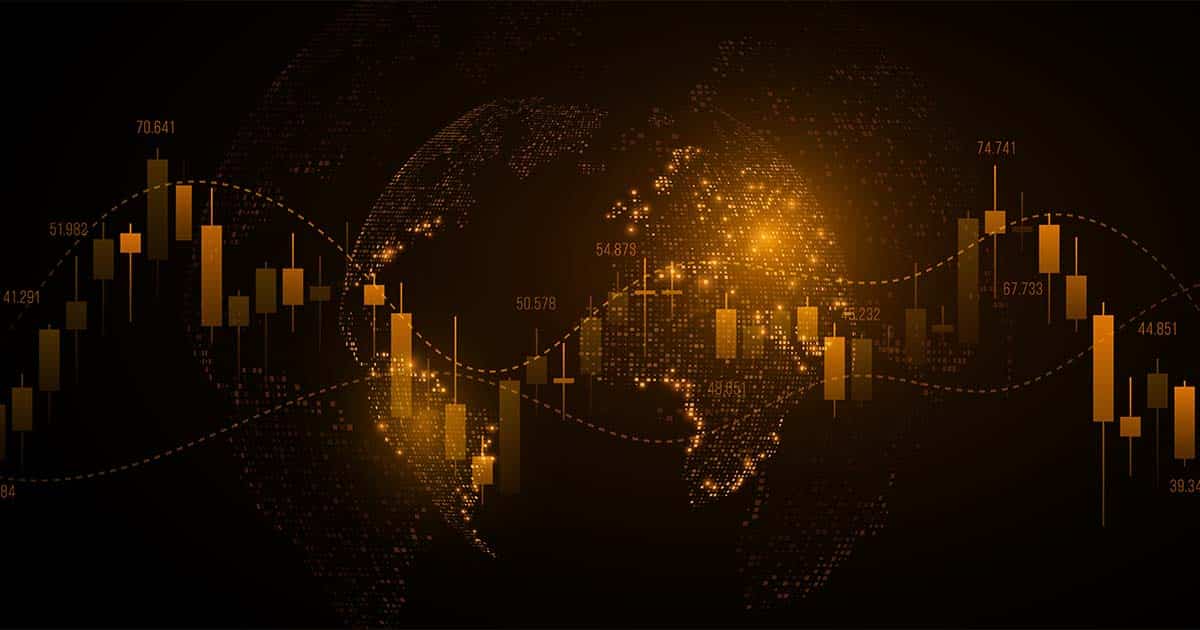
Holding gold to preserve wealth has always been a popular strategy. But you have options besides holding physical gold to take advantage of the gold market. You can invest in gold without physically holding gold by shifting funds into Sovereign Gold Bonds (SGBs) and Gold Exchange Traded Funds (ETFs).
But is it better to invest in SGBs or ETFs?
Investors often ask this question, especially those curious about SGBs since the bond program was launched in 2015, so it is a newer form of investing in gold. The bonds can be purchased through nationalized banks, select private sector and foreign banks, designated post offices, the Stock Holding Corporation of India Ltd. (SHCIL), and authorized stock exchanges, either directly or through authorized agents.
Can Americans Buy SGBs?
For the most part, no. Entities or individuals who are non-Indian residents are not eligible. However, millions are eligible. Those who are eligible include individuals, Hindu Undivided Families (HUFs), trusts, universities, and charitable institutions who legally reside in India.
Sovereign Gold Bonds (SGBs) and Gold ETFs Compared
| Sovereign Gold Bonds (SGBs) | Gold ETFs | |
| Type of Investment | Government Securities | ETF Tracks Price of Gold |
| Form of Investment | Bonds | Traded on Stock Exchange |
| Interest Income | 2.5% per Annum | 0% |
| Capital Gains Taxed | Only on Interest Payments | Yes |
| Max Investment | 4 Kgs (20 Kgs for Entities) | Unlimited |
| Lock-in Period | 5 Years | 0 Years |
| Tenure | 8 Years | 0 Years |
| Liquidity | Low | High |
| Additional Costs | $0 | Varies |
| Third-Party Risk | Nearly Zero | Low |
| Loan Collateral | Yes | Yes |
Sovereign Gold Bonds (SGBs): Why Buy
There are advantages to buying SGBs over ETFs and physical gold. The first is that the bond is issued by the Reserve Bank of India (RBI) on behalf of the Indian government. Which means they are guaranteed unless something drastic happens within the government. Another big advantage is that you only must pay taxes on the interest paid to you, not the capital gains. You will also receive two interest payments per year, and you do not have to store and secure the gold or pay for shipping.
There are a few disadvantages for certain investor types. To benefit from the bond, the investor must be capable of holding it through its entire tenure, which is eight years. You can request an early encashment after five years, but you will not receive the interest payments you would have earned if you had waited eight years. Some investors may be unable to hold the full duration or prefer a short-term option.
Gold ETFs: Why Buy
Flexibility. One of the main reasons to buy ETFs is that they are highly liquid, and there is no limit to how much you invest. There is no lock-in or tenure. And like SGBs, ETFs such as IShares Gold Trust ETF do not require you to store, secure, and ship physical gold. They also do not have the same premiums as physical gold bullion.
Disadvantages may include the risk of the gold market’s volatility. You will also pay some account management fees which may vary depending on the entity that manages your ETFs.
ETFs and SGBs vs Physical Gold
| ETFs and SGBs | Physical Gold | |
| Premiums | $0 | % Over Spot |
| Physical Storage | Not Required | Required |
| Security | Not Required | Required |
| Shipping | Not Required | Often Required |
How Much Gold Should I Hold?
Most Indian financial advisors say a minimum of ten percent with a maximum of 15 percent. Once you own 15 percent in gold, you may choose to adjust your budget to other investment types. Whether you hold gold in physical form, SGB, or ETF, is up to you and your personal investment goals.
2024-2025 Series
As of June 10, 2024, the Reserve Bank of India has not announced the next tranche.
We always suggest that you consult with your financial advisor before making significant financial decisions.




